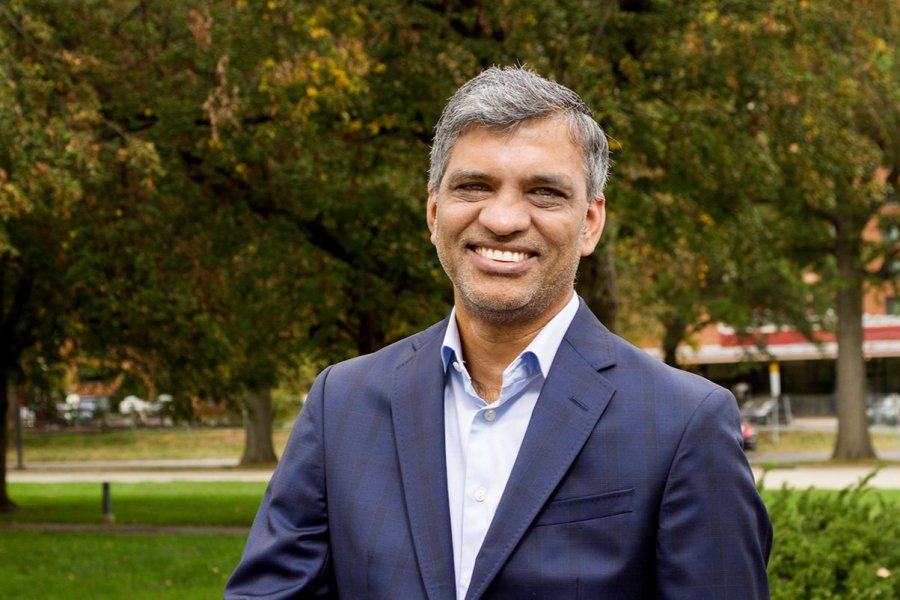In an era of globalization, organizations are grappling with the complexities of fostering diversity, equity, and inclusion (DEI) across diverse cultural landscapes. Successfully embedding DEI into organizational culture requires more than just policies; it demands strategic communication that resonates with multicultural teams and unifies them around shared values. Sukanya Chakraborty, Chief Communications Officer at VFS Global, brings over 25 years of expertise in global communications to explore how organizations can navigate these challenges and create truly inclusive workplaces.
With a career spanning leadership roles at industry giants like Capgemini, Tata Consultancy Services, and Knight Frank, Sukanya has a proven track record of designing impactful communication strategies. In this insightful article, she delves into the critical role of culturally sensitive messaging, tailored communication methods, and digital platforms in driving DEI initiatives.
This article stands out for its practical approach to making DEI a way of life within organizations. Sukanya provides actionable insights on engaging global teams, breaking down cultural barriers, and fostering an inclusive environment where every individual feels valued—making this piece a thoughtful guide for leaders aiming to champion inclusivity and drive meaningful change.
Scroll down to read the article:
Enabling Change: How Strategic Communications Drive Diversity, Equity, and Inclusion Initiatives Forward
In today’s fast-evolving business landscape, diversity, equity, and inclusion (DEI) are not just values, but drivers of innovation and resilience. DEI is about creating workplaces where everyone feels valued, respected, and empowered to thrive. For DEI to make a meaningful impact, organizations must adopt strategic communications that resonate across diverse cultural contexts and unify their workforce. When DEI principles are deeply integrated into a company’s communication strategy, they enhance internal cohesion and position the organization as a leader in social responsibility.
According to McKinsey’s 2023 report, companies with more than 30% women in executive teams are significantly more likely to outperform those with fewer than 30%. This reinforces the business case for gender diversity. However, effectively communicating DEI presents a nuanced challenge, especially for organizations with a global footprint. DEI messages must be tailored to different cultural contexts, as what resonates in one region may not in another.
An effective DEI communication strategy begins with cultural awareness. Recognizing that employees come from various backgrounds and experiences is important for creating inclusive messages. Organizations must understand that each region and demographic group has its own set of values, norms, and communication preferences. Instead of using a universal message, companies should design their DEI initiatives to reflect diverse cultural contexts. This requires understanding local social dynamics, history, and sensitivities. Companies can use insights from local cultural experts to ensure their communication aligns with broader DEI goals while resonating personally with employees. This approach helps avoid possible issues from cultural misunderstandings and ensures that all employees feel recognized. When employees see their identities acknowledged, they are more likely to engage with the organization’s DEI efforts, leading to stronger morale, trust, and connection to the company's values.
An effective DEI communication plan must choose the right channels to engage a diverse, dispersed workforce. Traditional methods like emails and intranet updates may not suffice for global teams. Innovative approaches that consider regional nuances, local languages, and cultural preferences are crucial. Digital platforms, such as a DEI portal, can centralize resources and offer convenient access to information. Tailoring these platforms with region-specific content enhances relevance and inclusivity. Interactive formats like articles, webinars, and workshops can better address employees' needs, fostering a more inclusive and connected workforce.
Beyond static resources, dynamic engagement methods like virtual town halls or live Q&A sessions play a crucial role in breaking down hierarchical barriers and promoting open, transparent communication. These virtual forums encourage employees to share their thoughts, ask questions, and connect directly with leadership, ensuring that DEI efforts resonate on a personal level. For organizations like VFS Global, which operates across 153 countries, the adoption of these digital tools ensures DEI initiatives are not only effectively communicated but are accessible and relevant to a global workforce, regardless of their location, role, or cultural context. DEI is also a powerful tool for attracting top talent, improving retention, and boosting performance.
For DEI initiatives to be sustainable, they must transcend isolated campaigns and become embedded into every aspect of the organization. DEI should influence more than just internal communications or employee training—it should be woven into the very fabric of day-to-day operations, from team collaboration to decision-making processes and even customer interactions. When DEI principles are integral to organizational culture, they encourage employees at all levels to champion inclusivity. This becomes a shared responsibility, where every team member is empowered to contribute to creating an inclusive environment. This holistic approach not only drives higher employee engagement and morale but also fosters a culture of mutual respect, trust, and accountability. As DEI becomes a core value rather than just a compliance requirement, it transforms organizational dynamics, enhancing productivity and driving long-term growth.
Embedding DEI into an organization's strategy requires ongoing effort and adaptability. Prioritizing DEI in communications enhances internal culture and builds a strong brand reputation. These efforts resonate with customers and positively impact stakeholders, demonstrating the organization’s commitment to social responsibility and ethical leadership.

















.jpg)




